View Botting Explained
Viewbotting is the fraudulent practice of using invalid traffic (like bots) to artificially inflate viewership figures on various video-sharing platforms. This manipulation is designed to deceive advertisers, platforms, and the public about the genuine popularity or reach of a particular video or content creator.
Viewbotting occurs across platforms like YouTube, Twitch, Facebook, and others – affecting any service with a publicly displayed view count.
View bots work by mimicking the behavior of actual human viewers. They can be programmed to:
- Open and Play Videos: The basic function is loading a video or stream for a certain duration.
- Simulate Engagement: More advanced bots can leave comments, follow channels, or engage in chats to create an appearance of authenticity.
- Create Fake Accounts: Often bots operate via vast networks of fake accounts to make them harder to identify.
View Bots can be DIY or Outsourced. This remains a cat-and-mouse game. Each advance in bot realism will demand matching detection methods from platforms.
- DIY vs. Outsourced: There’s a spectrum, ranging from creators with technical skills writing their own scripts to those relying on readily available third-party botting services.
- Ease of Access: View botting services lower the barrier to entry significantly. No coding knowledge is required, just the willingness to pay a fee.
- Fine-Tuned Control: Services offer creators granular control over how the bots behave, potentially making them harder to detect.
- Scalability: Both script-based and service-based botting are scalable, but services generally offer immediate access to vast numbers of bots.
Types of View Bots
Here’s a table outlining the types of view bots, along with their key features and implications:
| Type of View Bot | Description | How They Work | Implications |
|---|---|---|---|
| Live Stream Bots | The most basic type, these bots are designed to simply open a live stream repeatedly, inflating viewer numbers. | They usually operate via scripts or services, often utilizing proxies to hide their origin. | They create the illusion of popularity but don’t generally interact for increased realism. |
| Chat Bots | Designed to simulate engagement and make viewer numbers seem more legitimate. | They leave comments (often generic and repetitive) or respond to pre-programmed cues in a stream’s chat. | These make botting harder to detect at a glance, but savvy viewers can spot patterns or nonsensical comments. |
| Engagement Groups | While not always traditional “bots,” these are organized groups of people who agree to boost each other’s metrics. | This involves watching streams, leaving comments, or engaging in other activity on command, often in exchange for similar actions on their own content. | These are notoriously hard to detect, as the behavior blends in more easily with genuine viewer activity. |
| Follow Bots | These are programmed to follow channels or inflate follower counts on social media platforms. | They often utilize fake accounts created in bulk. | While less directly linked to live views, they create a false sense of popularity that can attract genuine followers. |
Why is ViewBotting on the rise?
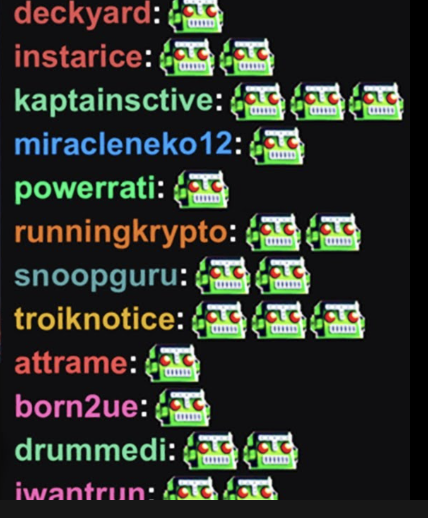
The reasons behind view botting often highlight a systemic problem, where genuine hard work feels less likely to succeed in an artificially popularity-driven system. Even though severe penalties can be rare, damage to reputation among genuine viewers is almost inevitable when botting is exposed. This can destroy long-term growth prospects.
We’ve analyzed below some of the primary reasons:
1. The Lure of Quick “Success”
- The Algorithm Factor: Social platforms, like Twitch, YouTube, TikTok, and Instagram, prioritize content based on its perceived popularity. High view counts, likes, and engagement often get content promoted in recommendation feeds, granting greater exposure. View bots create a deceptive shortcut to that exposure.
- Pressure to Compete: With the ever-growing volume of content creators, the pressure to stand out, catch a break, and “go viral” is immense. Inflating numbers with bots can feel like a desperate way to compete on an uneven playing field.
2. Potential for Increased Revenue
- More = Better (The Perception): Sadly, even in savvy industries, a large audience is often seen as synonymous with high quality. ViewBotting lets creators mimic that status. This can lead to increased ad revenue on the platforms themselves and open the door to more lucrative sponsorships where view count is a bargaining chip.
- “Success” Attracts Success: While botted views don’t equal actual engagement, the illusion of popularity can sometimes translate into real viewers and followers. This may make some creators feel they have a “starting point” to build upon.
3. Accessibility & The Illusion of “Low Risk”
- Ease of Access: ViewBotting services are widely available online, often disguised as legitimate marketing tools. These services create a perception that viewbotting is commonplace or even an accepted practice.
- Unclear Consequences: While platforms like Twitch have terms against it, creators might misjudge the likelihood or severity of being caught and punished. News of botting crackdowns often focuses on the sellers of bots, not individual users.
Why is ViewBotting Used?
Content creators, streamers, and influencers might use view bots for various reasons:
- Increased Perceived Popularity: Inflated view counts project a false image of content popularity, potentially attracting more organic viewers.
- Meeting Platform Requirements: Some platforms require creators to hit minimum views or follower thresholds to gain access to monetization features.
- Attracting Sponsorships: Brands and sponsors are more likely to partner with channels that display high viewership numbers.
- Financial Gain: In revenue-sharing models, higher view counts can directly translate to increased income for the content creator.
How ViewBotting Works
To appear as multiple viewers, bots often route their traffic through proxy servers or utilize networks of infected computers. This makes it harder to trace the view inflation back to a single source.
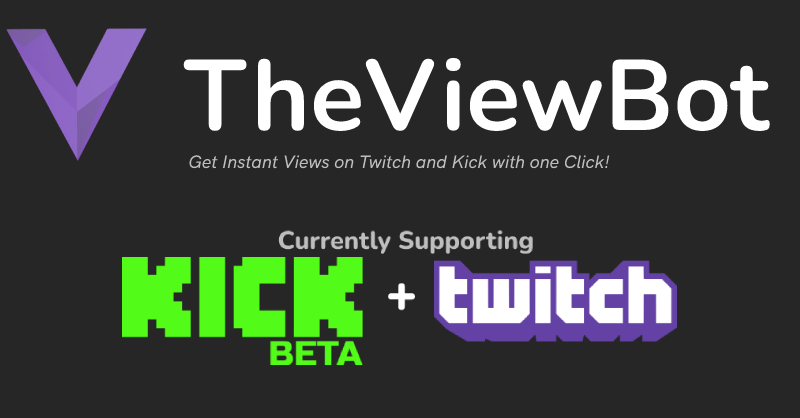
Advanced Bot Behavior
More sophisticated view bots go beyond simply boosting view counts:
- Simulating Engagement: They may be programmed to leave generic comments in chats to appear as active viewers, subscribe to the channel, or interact with other bot-generated comments
- Varying Viewing Time: Instead of immediately closing the stream, some bots watch for a randomized duration to mimic organic viewer behavior.
- Region Simulation: Bot services often allow creators to set the “origin” of their fake views (i.e., making them appear to come from a specific country).
How Bots Are Deployed
- Hijacked Devices (Botnets): In some cases, malware infects thousands of computers. These become part of a ‘botnet’, and their resources are used without the owner’s knowledge to run view bot scripts.
- Script Hosting: Creators writing their own scripts typically run the bots from rented cloud servers, allowing for scaling viewership numbers quickly.
- Bot Services: View botting services host and manage the bot infrastructure. Creators interact through a web interface and pay for access to a pool of these bots.
- Malicious ViewBotting: The deliberate use of bots to harm another creator’s reputation through forced association with viewbotting. This is done by the content creator’s competitor or rival to take them down. This complicates detection immensely. Differentiating between a purchased popularity-boost and a bot attack is difficult.
Implications for Publishers
- The “Anyone Can Do It” Factor: Lower barriers to entry mean the problem of viewbotting is likely to become even more widespread. Services like ChatGPT may make script creation even easier, sadly expanding access further.
- Nuanced Detection Needed: Platforms must develop increasingly sophisticated tools to differentiate between malicious attacks, bot service usage, and even genuine rapid growth in popularity.
- Publisher Uncertainty: When bot activity is less obvious, publishers may become hesitant to partner with creators out of fear of inadvertently associating with viewbotting.
How ViewBotting Affects Publishers

Diluted Ad Impressions:
- Wasted Potential: View bots don’t have the same purchasing intent or level of interest as genuine viewers. Ads displayed to bots never reach their intended target audience.
- Loss of Value: Publishers charge advertisers based on impressions (views). Bots inflate these numbers without increasing real engagement, reducing the value of those impressions for the advertiser.
- Missed Conversions: Conversions (sales, leads, etc.) depend on genuine human interaction. Bots don’t click on sponsored links, fill out forms, or translate to revenue for advertisers.
Skewed Metrics:
- Unreliable Data: Inflated view counts and vanity metrics don’t reflect the true size or interest level of a channel’s audience. This makes it impossible to make informed data-driven decisions about content strategies and resource allocation.
- Difficulty in Benchmarking: Bot activity skews industry benchmarks. If competitors are using bots, it becomes harder to measure your own channel’s performance accurately.
- Faulty Targeting: Many advertising platforms use audience demographics or interests gathered from viewing behavior to target ads effectively. Bots distort this data, leading to misdirected ads and less effective campaigns.
Erosion of Trust:
- Loss of Advertiser Confidence: When advertisers realize a portion of their investment is wasted on non-human traffic, they lose faith in the platform. This leads to reduced ad budgets or pulling advertising from the platform entirely.
- Tarnished Value Proposition: Publishers rely on offering advertisers an engaged audience. ViewBotting directly undercuts this promise, making the platform less attractive.
- Questionable Credibility: Publishers that don’t take proactive steps to address bot activity may be seen as complicit, negatively affecting their overall industry reputation.
Reputational Damage:
- Scandals and Negative Press High-profile cases of viewbotting expose the problem to a wide audience, causing a loss of public trust for the platform and associated publishers.
- Guilt by Association: Even if a publisher’s own content is unaffected by bots, operating on a platform with a known bot issue can damage their brand image.
- Long-term Fallout: Reputational damage can linger. Advertisers may be wary of returning to the platform for quite some time, affecting revenue streams well beyond the immediate botting incident.
Examples of ViewBotting
Social Media Followers:

- The illusion of Influence: On platforms like Instagram and Twitter, follower count is often perceived as a metric of popularity and sway. Unscrupulous influencers like the Kardashians, brands, or even politicians may purchase large numbers of fake followers to create the facade of greater reach and influence.
- Real-World Case: In the run-up to elections, it’s not uncommon to find politicians with strangely high follower growth fueled partially by invalid traffic. News reports sometimes analyze these accounts to estimate the percentage of inauthentic followers.
Twitch Raid Bots:
- Gaming the Algorithm: Twitch’s algorithm considers viewer count among factors determining discoverability. Raid bots create a false impression of a sudden surge in interest, pushing the channel higher in search results or recommendation lists.
- Real-World Case: Reports surface periodically of popular streamers admitting to previously using bots for quick growth. Often, their current legitimate viewers point out how “odd” the chat felt in those early bot-fueled streams.
Music Streaming Manipulation:
- Manipulating Charts: Artists or labels may employ bots to generate millions of fake streams, boosting songs into trending sections or high-profile curated playlists. This gives an artificial image of popularity, aiming to attract real listeners.
- Real-World Case: News outlets have exposed “click farms,” where rows of devices systematically stream specific songs on repeat. Controversies have erupted around artists whose sudden jumps in popularity couldn’t be explained by genuine fan activity.
ViewBotting Risks
Botted chats and fake engagement’s often easy to spot, and viewers are generally savvy. The discovery of botting severely erodes genuine community and trust. For publishers, viewbotting brings a tonne of risks like:
Revenue Clawbacks
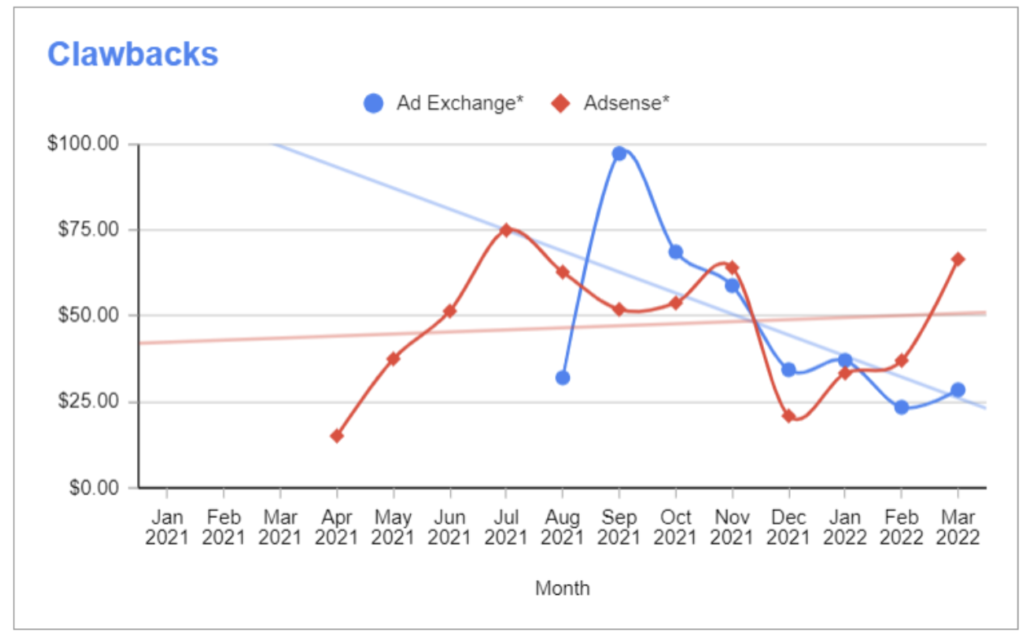
- Delayed Impact: Advertisers and sponsorships often pay out based on initial view counts and engagement metrics. However, many platforms and brands routinely analyze metrics over time to detect anomalies.
- Loss of Income: When viewbotting is discovered, it’s very common for platforms or advertisers to claw back payments that were made based on fraudulent viewership. Additionally, creators may have to repay any income earned during the period when bots were active.
- Damaged Partnerships: Brands damaged by association with creators who used viewbotting might be far less likely to work with them in the future, severely harming opportunities for legitimate income.
Content Removal
- Violation of Terms of Service: Most video and streaming platforms have clear rules against artificial view inflation. Content discovered to have used bots is often removed immediately, impacting a creator’s library of work.
- Loss of Hard Work: Even if the intent was solely to gain initial exposure, genuine content a creator worked hard on can be taken down if it’s associated with a botting-tainted channel.
- Algorithm Penalties: Repeated removals for botting can also trigger “shadowbans” on the platform, where the creator’s content becomes less visible in search results and recommendations even if it’s not immediately removed.
Bans
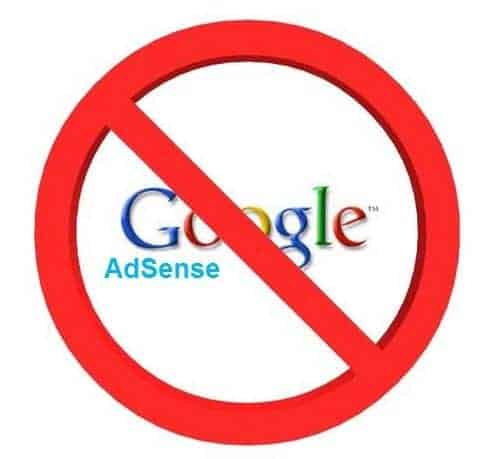
- Temporary or Permanent: Depending on the severity and the platform’s policies, creators caught using view bots can face temporary suspensions or permanent bans from the platform.
- Loss of Livelihood: For creators who rely on the platform for income, a ban means total loss of both their revenue stream and audience connection.
- Cross-Platform Impact: Notoriety associated with a ban can follow creators, making it difficult to build an audience on other platforms if their name becomes associated with fraudulent practices.
Legal Issues
- False Advertising: Engaging in viewbotting can potentially be seen as a form of false advertising towards sponsors and advertisers who are misled about the true reach of a channel
- Lawsuits: Platforms like Twitch have a history of taking legal action against both creators of view botting services and those who use them. This could land botting creators in costly legal battles.
- Criminal Implications: In certain jurisdictions, depending on the scale and intent, viewbotting might even have criminal implications related to fraud, especially where real financial losses for advertisers can be proven.
Here’s how you know someone’s ViewBotting
Unfortunately, there’s no foolproof way to definitively know if someone is viewbotting, but there are strong indicators. Here’s your checklist of what to look out for:
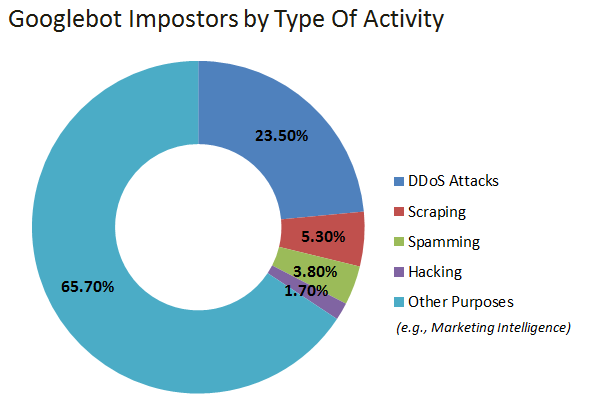
Suspicious Numbers and Patterns
- Extremely High View Count to Engagement Ratio: Lots of views but very few related comments, likes, or shares is a classic sign.
- Spikes Without Explanation: Sudden, steep jumps in viewership (especially sustained overnight) without a clear reason (viral content, collaboration, etc.) are suspect.
- Inconsistent Audience Demographics: If analytics show viewer demographics shifting wildly, it may indicate bots programmed to appear as they are from specific regions.
Chat Analysis
- Repetitive or Generic Comments: A flood of comments like “Nice!” “Awesome stream!” or unrelated emojis with little genuine conversation is a telltale bot sign.
- Lack of Response: View bot chats rarely respond meaningfully to the stream’s content or to specific messages from real viewers.
- Suspicious Usernames: Large numbers of accounts with similar usernames (e.g., random letters and numbers) are often part of bot networks.
Account & Channel Analysis
- New Account, Sudden Growth: Young channels with meteoric rises in viewership should be scrutinized, especially if other metrics don’t match.
- Low Follower/Subscriber Ratios: High view counts but unusually low follower or subscriber numbers can indicate view inflation.
- Lack of Activity Elsewhere: If a channel with massive viewership has a small community on social media or other platforms, it’s a red flag.
Services like Social Blade can analyze historical data and look for anomalies that might suggest view botting. Twitch and others have “Report” features to flag suspicious activity. While not conclusive, it helps platforms gather data.
These signs strongly suggest botting, but it’s not always guaranteed. There can be legitimate explanations for some oddities.
Protecting Yourself Against ViewBotting
Platforms are actively fighting viewbotting, but as publishers, you can take steps to protect your ad revenues:
- Analyze Data Carefully: Scrutinize sudden, unexplained spikes in viewership patterns. Look for inconsistencies in viewership-to-engagement ratios.
- Vet Content Creators Thoroughly: Audit potential partners for unusual activity patterns or audience demographics.
- Use Third-Party Verification Tools: Bot Blocking solutions exist to help identify suspicious activity and bot-generated traffic and block them for good.
Solid Solutions for ViewBotting
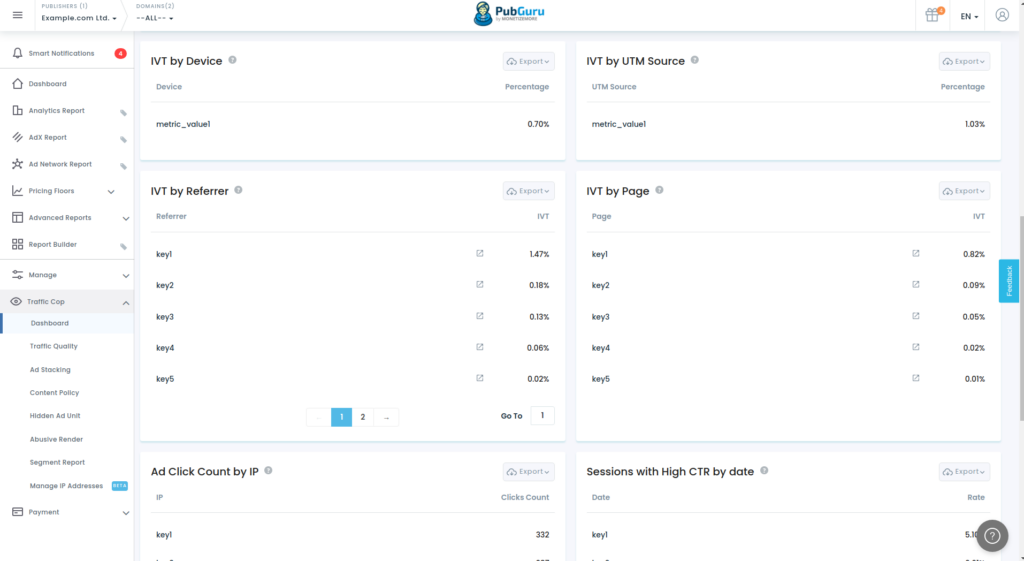
MonetizeMore’s Traffic Cop can address the view botting issues we’ve discussed above.
How Traffic Cop Provides a Solution

- IVT Data for Exclusion: Traffic Cop proactively identifies bot traffic and suspicious behavior patterns. This data streamlines the creation of exclusion lists across ad platforms, ensuring your ads reach your genuine target audience, not bots.
- Active Blocking: The solution goes beyond mere identification, actively blocking invalid traffic. This protects your ad budget in real-time, stopping bots from costing you money or generating unusable fake leads.
- Iterative Improvement: Traffic Cop’s continuous analysis of site visitor data lets you refine your targeting over time. The more data it has, the more effectively it can exclude non-human traffic, improving campaign performance with each iteration.
Key Benefits for Publishers
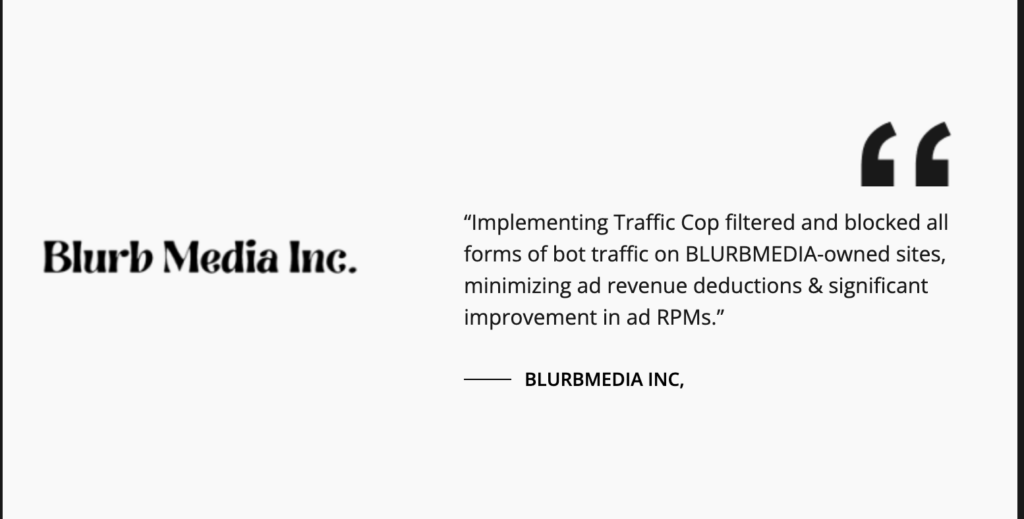
- Maximized Ad Revenue: By eliminating bot traffic, every ad impression is seen by a potential real customer, boosting ROI.
- Accurate Site Analytics: Clean data gives you the insights to make informed decisions about content strategy, audience targeting, and marketing campaigns.
- Protection of Reputation: Publishers associated with bot-heavy traffic lose credibility. Traffic Cop helps maintain a trustworthy environment for brands and advertisers.
Interested in a free trial? Access it here!
source https://www.monetizemore.com/blog/viewbotting/




0 Comments